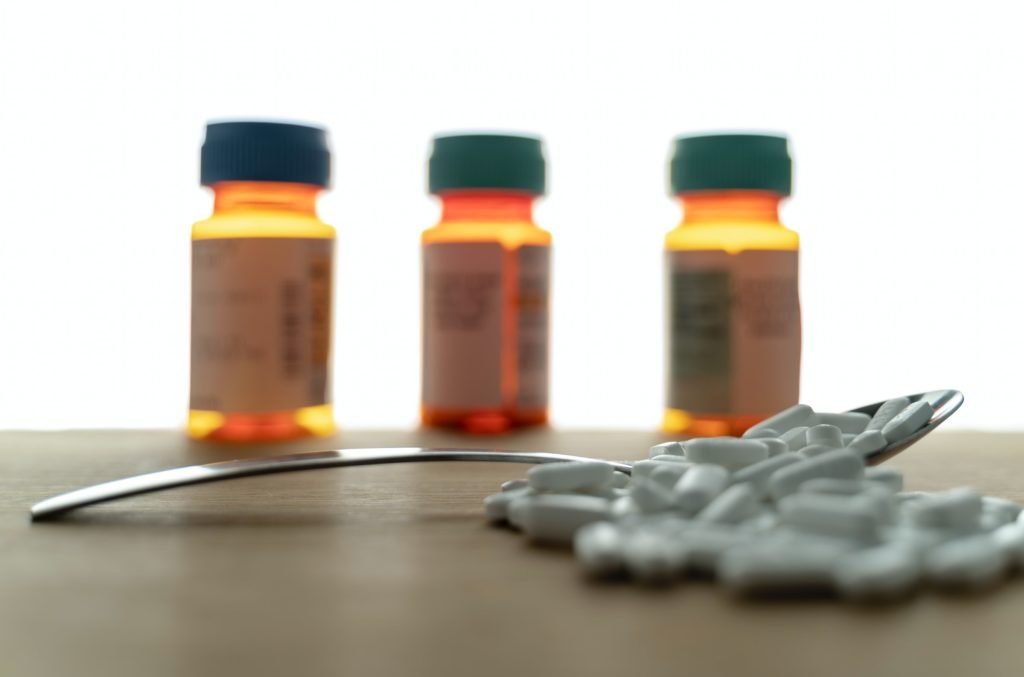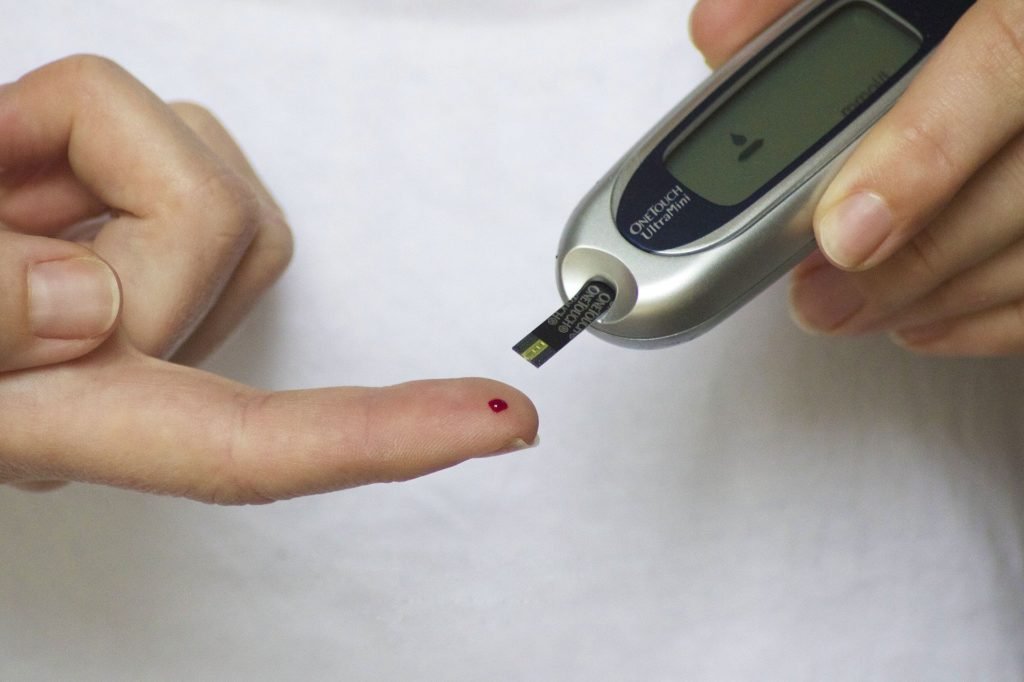The heart is one of the most complex organs of the body. Moreover, the structural complexity of the heart is associated with its function, which is transporting blood throughout the body. The blood is a medium for nourishment and thus key to the body tissues’ growth, development, and function. Any complication in the heart can jeopardize life and therefore requires emergency medical intervention that includes an accurate diagnosis to appreciate underlying abnormalities that may be causing symptoms. Trained physicians like a Covington interventional cardiologist must conduct comprehensive tests, including an echocardiogram and ultrasound scan.
What is an echocardiogram?
This test sounds like an electrocardiogram, an entirely different test that analyzes and determines heart rhythm and electrical activity. An echocardiogram leverages high-frequency sound waves for a developed ultrasound scan of the heart. This test is perfect for confirming a diagnosis for patients with heart problems.
When do physicians use an echocardiogram?
This test is ideal for when a physician wants to observe how internal structures work together to ensure smooth blood flow. A physician can leverage high-frequency sound waves to monitor the heart’s system, including chambers and blood vessels, to observe blood flow. This test can diagnose:
- Heart attack damage: The heart’s structures are susceptible to damage when there is an inadequate blood supply to the heart, causing it to stop.
- Heart failure: The heart may develop issues that prevent optimal performance and thus interrupt blood flow.
- Congenital heart diseases: It is not uncommon to find heart problems in patients with heart defects because they interfere with the heart’s ability to pump blood throughout the body via blood vessels.
- Malfunctioned valves: Valves can affect blood flow, primarily in the veins leading to cardiovascular concerns.
What to expect during an echocardiogram
There are different techniques physicians implement when carrying out an echocardiogram. The most common type of echocardiogram is transthoracic, where a patient does not have to perform any initial preparation. During the procedure, your doctor will ask you to lie on an examination table without any clothing on the upper part of your body. The physician in charge of your case will insert sticky electrodes on your chest to sense your heart rhythm during the procedure. Your physician will ask you to lie on your left side after applying lubricating gel on your chest or the ultrasound probe. Images will appear on a monitor, an ultrasound scan of your heart. Transthoracic echocardiogram only lasts about thirty minutes, after which patients are free to go home.
Other types of echocardiograms include:
- A transoesophageal echocardiogram involves passing a probe down the food pipe to reach the heart. This type of echocardiogram is the only one that patients have to perform preparation guidelines like avoiding eating several hours before the test.
- A stress echocardiogram involves subjecting patients to physician activities like climbing a treadmill or riding a bike to observe how the heart functions under stress. If the patient cannot move, a physician might administer certain medications to make the heart work harder.
Contact Louisiana Heart and Vascular to learn about other echocardiogram techniques that might help you diagnose concerns in your heart that might explain your symptoms.


